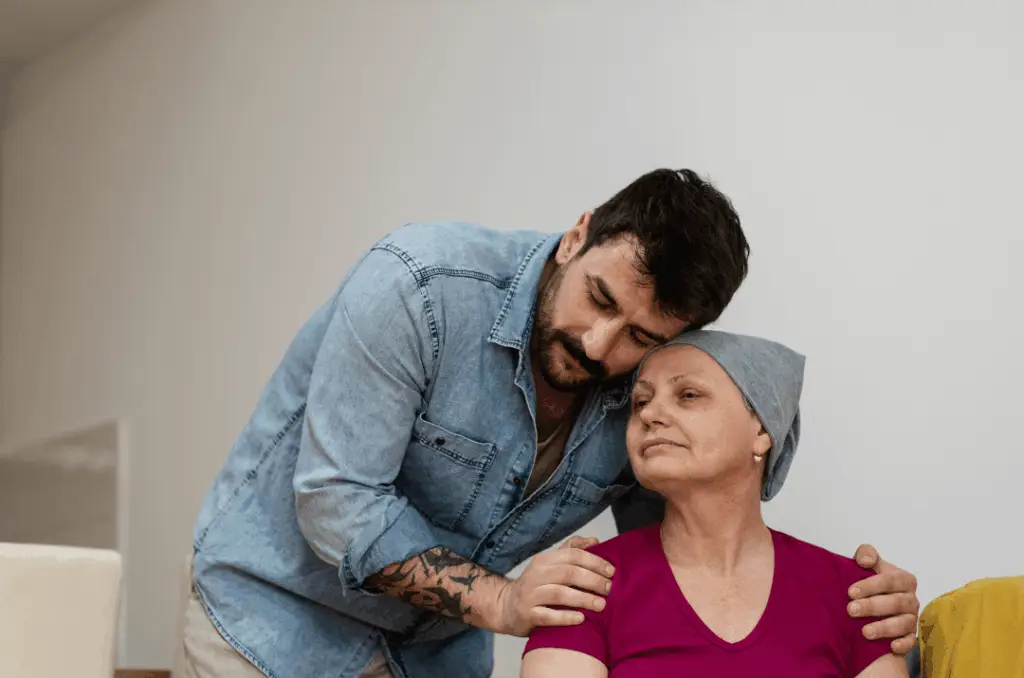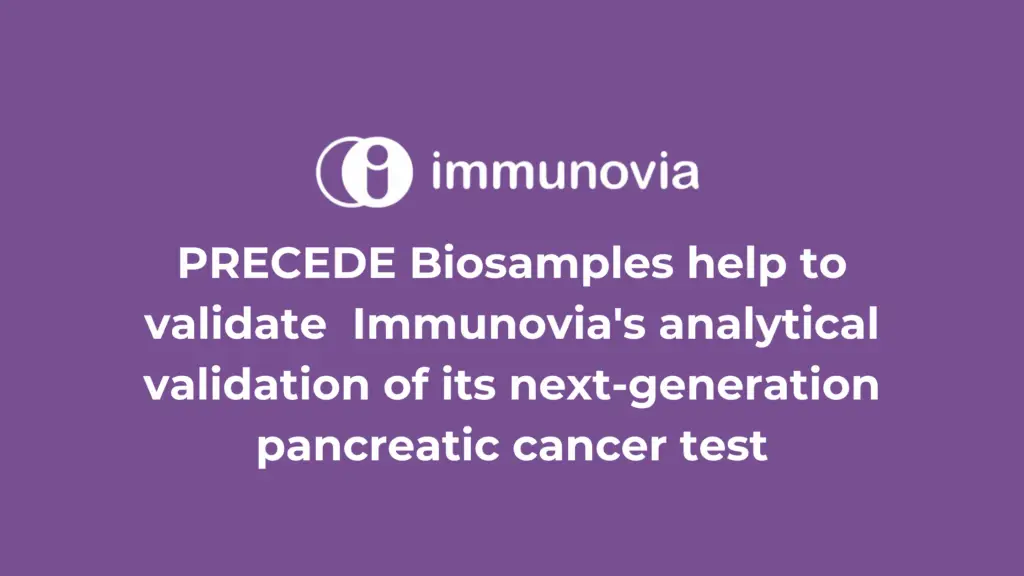The Whipple procedure, formally known as a pancreaticoduodenectomy, stands as a cornerstone in the fight against pancreatic and related cancers. As one of the most intricate surgeries in modern medicine, it has transformed the survival landscape for patients with tumors localized to the pancreas’s head. This comprehensive guide explores the procedure’s significance, its rising popularity, and how initiatives like TrovaNOW are making a lasting impact in the quest to combat pancreatic cancer.
A Closer Look at the Whipple Procedure
The Whipple procedure involves removing the head of the pancreas, the duodenum (first part of the small intestine), the bile duct, and the gallbladder. In some cases, parts of the stomach and lymph nodes may also be removed. After excision, the remaining organs are reconnected to ensure proper digestion.
This surgery is most commonly employed for:
- Pancreatic cancer, particularly in early stages.
- Ampullary cancer, a rare type of cancer affecting the junction of the bile and pancreatic ducts.
- Bile duct cancer and other localized gastrointestinal cancers.
While the operation demands exceptional surgical expertise, the Whipple procedure is often the best chance for long-term survival in patients with localized pancreatic tumors.
Recognizing Pancreatic Cancer Early: Why Timing Matters
Signs That Shouldn’t Be Ignored
Pancreatic cancer is often referred to as a “silent killer” because its symptoms can be subtle and easily mistaken for less severe conditions. Recognizing the early warning signs of pancreatic cancer is critical for timely diagnosis and treatment. Symptoms may include:
- Persistent upper abdominal pain that may radiate to the back.
- Yellowing of the skin and eyes (jaundice).
- Sudden and unexplained weight loss.
- Chronic fatigue and a diminished appetite.
For those asking, “How do I know if I have pancreatic cancer?”, your doctor may order imaging tests, such as an MRI or Endoscopic Ultrasound (EUS) if they suspect pancreatic cancer. There are also screening programs that can monitor high-risk individuals such as those with certain genetic mutations or a family history of pancreatic cancer. The PRECEDE Consortium is the largest program of its type in the world that offers screening programs for individuals who are identified as high-risk. You can find out more at precedestudy.org and find a center near where you live. The PRECEDE Consortium is working in conjunction with other companies to develop an early detection test to help identify high-risk individuals, increasing the chances of survival.
The Vital Role of Nutrition in Pancreatic Cancer Care
Nourishing the Body During Treatment
Diet is a cornerstone of pancreatic cancer care. A healthy diet for pancreatic cancer patients not only alleviates symptoms but also strengthens the body to withstand treatments like surgery or chemotherapy.
Recommended Foods for Patients
- Best foods for pancreatic cancer, such as blueberries, spinach, and fatty fish rich in omega-3s.
- Snacks for pancreatic cancer patients, like boiled eggs, almonds, or Greek yogurt, to maintain energy levels.
- Anti-inflammatory staples like turmeric and green tea.
Foods to Avoid
Patients should avoid processed foods, fried items, and sugary beverages, which can aggravate symptoms. Queries like “What foods to avoid getting pancreatic cancer?” emphasize the importance of steering clear of alcohol and high-fat dairy products.
A tailored pancreatic cancer diet, developed in consultation with a nutritionist, can be instrumental in improving a patient’s quality of life.
Why the Whipple Procedure Is Gaining Traction
Advancements in Medical Techniques
The popularity of the Whipple procedure has surged due to innovations in surgical methods, including robotic-assisted and minimally invasive techniques. These advancements reduce recovery time and improve outcomes, making the procedure more accessible and less daunting for patients.
Increased Awareness and Advocacy
Public awareness has significantly increased thanks to organizations advocating for pancreatic cancer donations and funding research. Even the smallest contribution to pancreatic cancer research contributes to better diagnostic tools and therapies, fostering hope for those battling the disease.
Randy Moss: A Champion’s Journey Through the Whipple Procedure
NFL legend Randy Moss is a powerful advocate for pancreatic cancer awareness. After undergoing the Whipple procedure to treat a rare tumor near his pancreas, Moss emerged as a voice of hope for others. His story highlights the transformative power of early detection and advanced medical care.
Moss’s efforts to encourage pancreatic cancer research donations and promote initiatives like the pancreatic cancer network donations have inspired countless individuals to support the fight against this devastating illness.
TrovaNOW: Empowering You in the Fight Against Pancreatic Cancer
Navigating the complexities of pancreatic cancer can feel overwhelming. That’s where TrovaNOW steps in as a trusted ally, providing resources, support, and actionable solutions.
How TrovaNOW Makes a Difference
- Access educational tools and discover how to donate to early detection pancreatic cancer.
- Donates to a pancreatic cancer charity organization that will ensure your contributions create real change.
- Find out how to help someone with pancreatic cancer through compassionate support and reliable guidance.
Visit TrovaNOW today to explore ways to make an impact, including opportunities to donate to pancreatic cancer research or start your own awareness campaign.
Preventing Pancreatic Cancer: Myths and Realities
Is It Hereditary?
One of the most common questions is, “Is pancreatic cancer hereditary?” While some cases are linked to genetic factors, lifestyle choices play a critical role in determining individual risk. Maintaining a balanced diet, avoiding tobacco, and managing weight can significantly reduce the likelihood of developing pancreatic cancer.
Proactive Steps for Prevention
Although there’s no guaranteed way to avoid the disease, individuals can take steps to minimize their risk, including:
- Eating foods to avoid pancreatic cancer, like whole grains, lean proteins, and fruits.
- Steering clear of red and processed meats.
- Staying physically active to support overall health.
Breakthroughs in Pancreatic Cancer Treatment
The fight against pancreatic cancer continues to advance with promising developments in therapies and diagnostic tools. Innovations like targeted therapy, immunotherapy, and new surgical techniques have improved the prognosis of pancreatic cancer and increased the survival rate of pancreatic cancer patients.
Research into blood clots and pancreatic cancer, a significant complication for many patients, has also opened doors to better prevention and management strategies.
Where You Stand In The Fight Against Pancreatic Cancer
Every contribution matters in the battle against pancreatic cancer. Whether it’s volunteering time, raising awareness, or making a donation to pancreatic cancer research, your efforts can save lives.
- Explore pancreatic cancer donation sites to support innovative research.
- Fund the work of top pancreatic cancer charities in the USA and provide hope to families in need.
- Learn how your generosity through pancreatic cancer society donations creates a brighter future for patients everywhere.
Together, we can ensure a world where fewer families are affected by this disease.
Closing Thoughts
The Whipple procedure represents more than just a surgical solution; it’s a symbol of hope for patients facing pancreatic cancer. With increasing awareness, advanced treatments, and initiatives like TrovaNOW, the medical community is making strides toward earlier detection, improved care, and ultimately, a cure.
Be part of this transformative journey—whether by understanding how to donate to cancer research, promoting pancreatic cancer awareness, or supporting initiatives that save lives. Every effort counts in the fight against this silent but resolute enemy.





